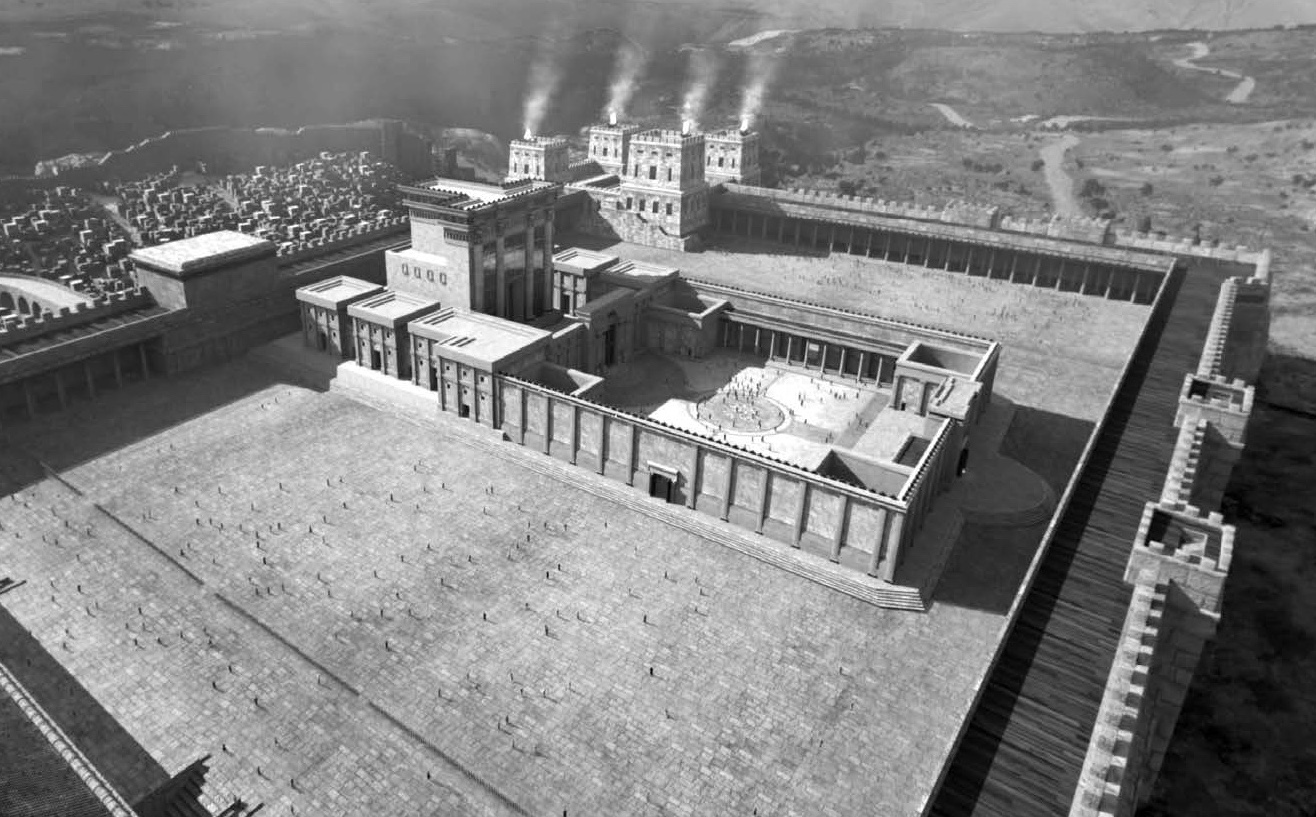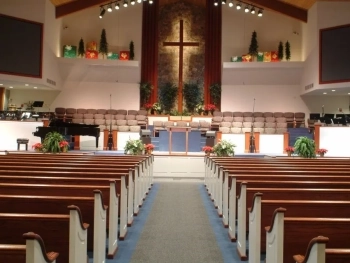In the annals of ancient architecture, Herod's Temple stands as a marvel, a testament to grandeur and meticulous construction. Commissioned by Herod the Great, this sacred edifice held a central place in Jewish religious and historical consciousness. In this exploration, we unveil the historical significance, architectural splendor, and eventual fate of Herod's Temple, leaving an indelible mark on the landscape of ancient Jerusalem.
I. Historical Context: Herod's Ambitious Undertaking
Herod the Great, known for his ambitious building projects, sought to leave an indelible mark on the Judean landscape. In 19 BCE, he embarked on the reconstruction and expansion of the Second Temple, a project that would become known as Herod's Temple. His vision was not only to refurbish the existing structure but to create a temple of unparalleled magnificence.
II. Architectural Marvel: The Grandeur of Herod's Temple
Herod's architects and builders employed innovative techniques to create a temple that would rival the great structures of the ancient world. The temple complex included the central sanctuary, courtyards, and auxiliary buildings. The use of colossal stones, such as those seen in the Western Wall, showcased the engineering prowess of the time.
III. The Expansive Temple Mount: A Religious Epicenter
Herod's Temple Mount was not merely a place of worship; it was a vast platform that housed the temple and various auxiliary structures. The expansive courtyards provided ample space for pilgrims and worshippers. The sheer scale of the complex underscored its significance as the religious epicenter of ancient Judaism.
IV. Rituals and Worship: The Heart of Jewish Religious Life
The Second Temple, under Herod's renovations, became the focal point for Jewish religious rituals. The Holy of Holies housed the Ark of the Covenant, and the temple served as the site for crucial ceremonies, including Passover and Yom Kippur. Pilgrims from across the region would ascend to Jerusalem to partake in these sacred observances.
V. The Wailing Wall: A Solemn Remnant
The Western Wall, or the Wailing Wall, is the last standing remnant of Herod's Temple. This section of the retaining wall once supported the vast platform of the temple complex. Today, it stands as a poignant symbol of the historical and religious legacy of Herod's ambitious undertaking.
VI. Destruction and Legacy: The Fate of Herod's Temple
Despite its architectural magnificence, Herod's Temple faced a tragic fate. In 70 CE, during the First Jewish-Roman War, the temple was destroyed by the Roman forces led by Titus. The destruction marked a pivotal moment in Jewish history and gave rise to the intense reverence for the Western Wall as a connection to the sacred past.
VII. Reflections on Herod's Temple: A Cultural and Religious Icon
Herod's Temple remains an icon of cultural and religious significance. Its architectural splendor and historical importance continue to captivate scholars, archaeologists, and those seeking to understand the roots of Judeo-Christian traditions. The remnants of the temple, especially the Western Wall, serve as a powerful symbol of resilience and spiritual continuity.
VIII. Herod's Temple in Historical Imprint
Herod's Temple, with its grandeur and eventual tragedy, is etched into the historical imprint of ancient Jerusalem. Its legacy persists not only in the stones that remain but in the cultural and religious narratives that trace their roots to this sacred site. Unveiling Herod's Temple opens a window into the rich tapestry of ancient Judean history, leaving us to marvel at the architectural prowess and ponder the enduring legacy of a structure that once defined a city and a people.




